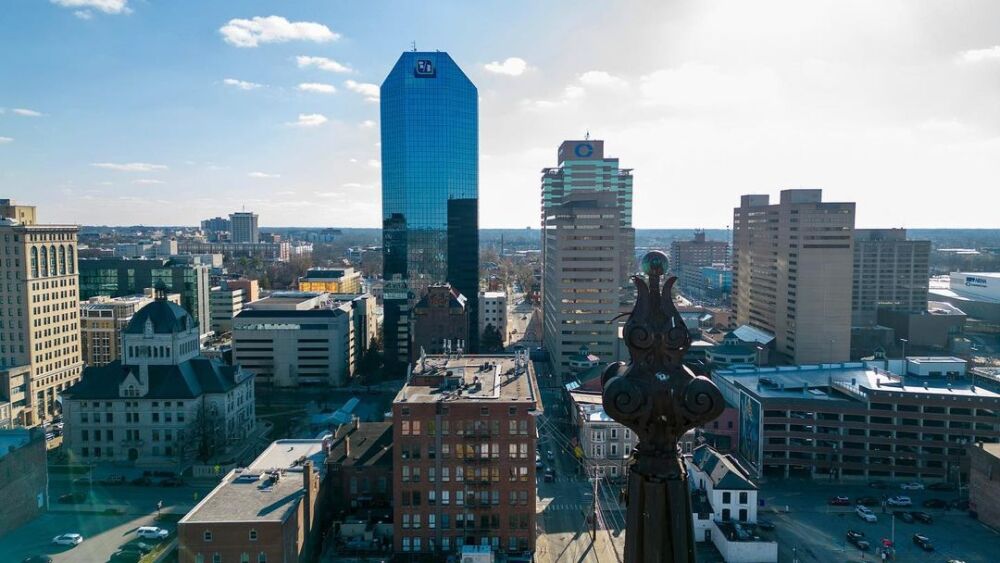It’s natural for us to be curious about the construction that goes on in our city. But if you’ve ever tried to dive into a design review document or attend a neighborhood planning meeting, you may have confronted some pretty confusing phrases.
Here are a few common development-related terms and their basic definitions.
Certificate of Appropriateness (COA)
This document is used to approve changes to properties or buildings within a historic district and ensure they meet local zoning laws.
Example: A new commercial property that is attempting to be built in the historically Black neighborhood along Cadentown Road in 40509 must receive a COA in order to move forward with development.
Zoning code
This refers to the numerical + alphabetical code used to identify a specific piece of land and is used among city planners and government entities.
Example: The code for Interchange Service Business zoning is B-5P. This zoning ordinance ensures that commercial buildings are appropriately built along highway interchange areas to protect travelers.
Mixed-use
This term means that a plot of land, development, or building will be used for both commercial and residential purposes. You’ll see this often with buildings that have a restaurant or store on the first floor and apartments on the floors above it.
Example: Lexington is home to many mix-use developments, such as The Summit at Fritz Farm or the Hub on Campus apartments along South Limestone.
Low-rise, mid-rise + high-rise
Used as a descriptor for zoning types, this quite literally means how generally tall a building should be on a specific parcel of land.
Example: The Fifth Third building, aka the Big Blue Building, would be considered a high-rise. The Shoppes at Main + Rose are described as mid-rise, while many homes would be considered low-rise.











